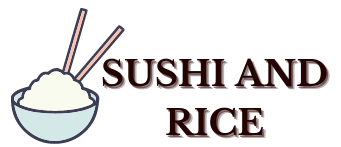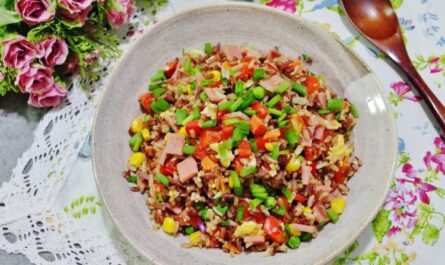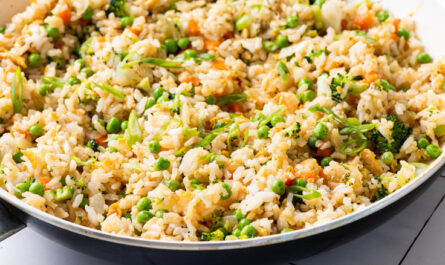For all the sushi enthusiasts out there, having the right sticky rice recipe for sushi can make a world of difference. Imagine the satisfaction of creating sushi that competes with your favorite Japanese restaurant! If sushi had a backbone, it would undeniably be the sticky rice. This sticky rice recipe for sushi stands apart because it includes detailed steps, cultural insights, and all the nitty-gritty to elevate your sushi game to the next level.

The Quintessential Importance of Sticky Rice in Sushi
The main component that makes sushi delightful is the perfect sticky rice. Traditional Japanese sushi chefs spend years mastering the right texture and flavor of the rice. While sushi encompasses various ingredients, from fresh fish to vegetables, the element binding it all together is the sushi rice. Sushi rice provides that signature texture and flavor, juicy yet firm, carrying subtle notes of vinegar and sweetness.
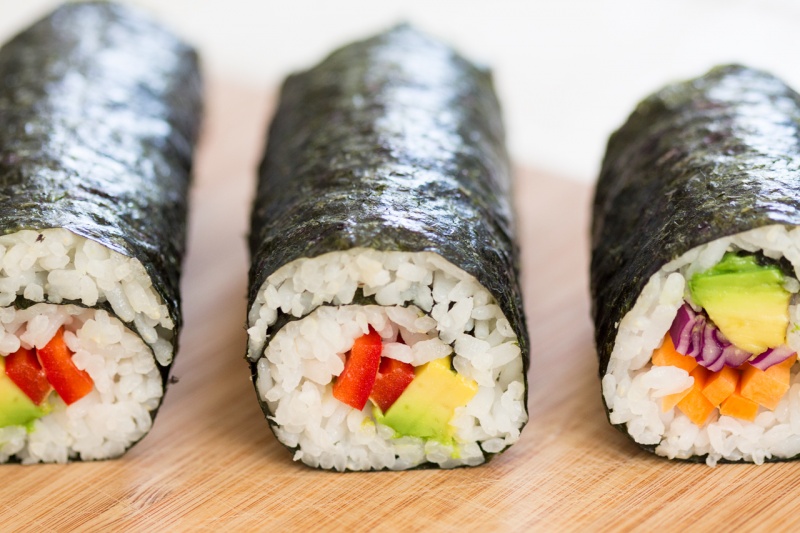
Prepping for the Perfect Sticky Rice
Preparing the perfect sticky rice for sushi requires not only the correct ingredients but also some essential tools. We will walk you through the entire processfrom selecting the right rice to serving it with a flourish. Equip yourself with these items before embarking on your sushi adventure:
Choose the Right Rice
Not all rice is created equal when it comes to sushi. For the ideal sticky rice recipe for sushi, choose short-grain Japanese rice, often labeled as sushi rice in stores. It is crucial because this type of rice is starchier, making it stickier. This stickiness is what gives sushi its unique texture and allows it to hold together well.
Rinse Thoroughly
Rinsing the rice until the water runs clear removes excess starch from the surface, ensuring that the rice does not turn gooey. Pour the rice into a strainer and rinse it under cold water, moving the rice around with your hands. This step can take about 3-5 minutes but is well worth the effort.
Soak Your Rice
Soaking the rice is an often overlooked step in many recipes, but it is essential for achieving that coveted texture. After rinsing, let the rice soak in water for at least 30 minutes. This allows the grains to absorb water and swell, making them cook more evenly.
Use a Rice Cooker
While cooking rice on the stovetop is possible, using a rice cooker is more foolproof and can yield consistently good results. Once your rice has soaked sufficiently, transfer it to the rice cooker along with the soaking water. Follow the rice-to-water ratio as per your rice cookers instructions. For most Japanese short-grain rice, the ratio typically holds at 1:1.
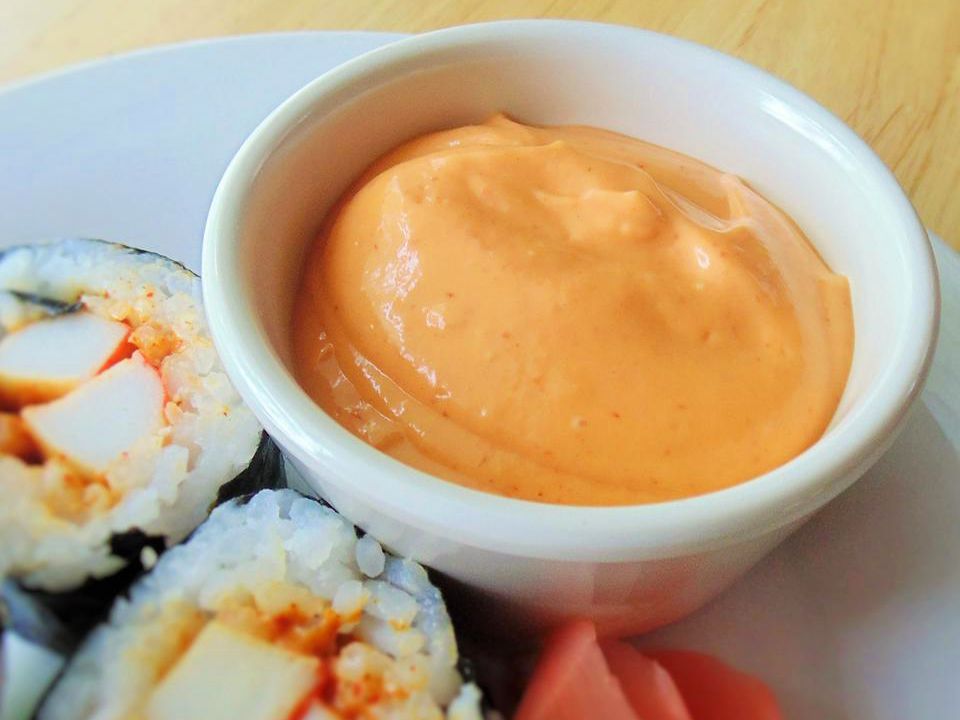
The Art of Seasoning the Rice
Seasoning your sticky rice for sushi completes the circle of flavors, transforming basic rice into sushi rice. This involves mixing rice vinegar, sugar, and salt together and then gently folding it into the cooked rice.
Prepare the Vinegar Mixture
In a small bowl, mix together cup of rice vinegar, 3 tablespoons of sugar, and 1 teaspoon of salt. This blend hits all the right notes: acidity from vinegar, a hint of sweetness from the sugar, and a touch of saltiness. Often, California Rolls and other classic sushi styles use this combination for an authentic flavor profile.
Fold, Don’t Stir
Transfer the freshly cooked rice into a large wooden or plastic container, preferably a sushi-oke or hangiri. Pour the vinegar mixture over the rice. Use a wooden paddle or spoon to fold the rice gently, ensuring you mix it without crushing the grains. This method preserves the integrity of the rice, giving you that perfect bite every time.
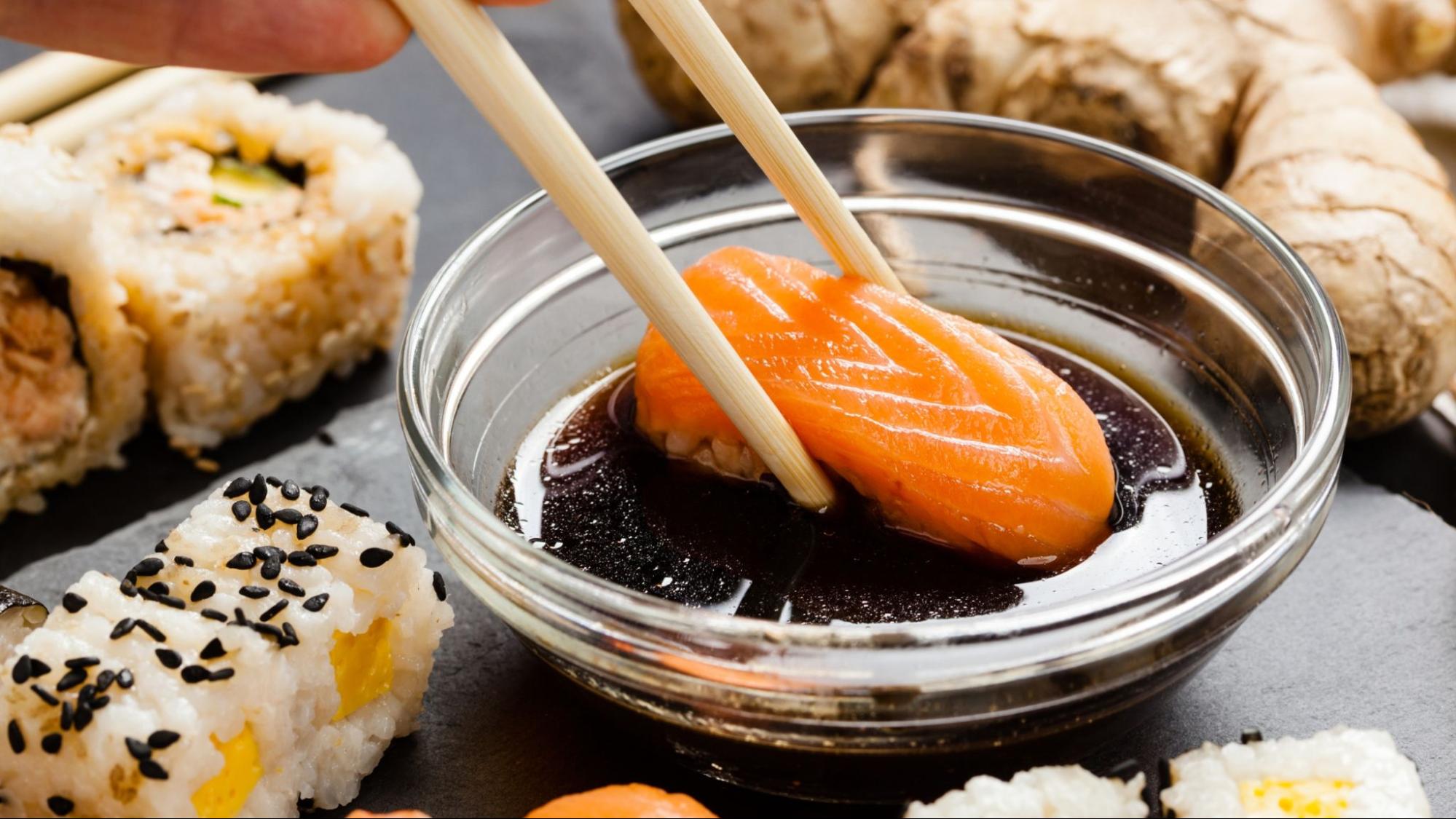
Cooling and Storage Techniques
Cooling the rice quickly helps preserve its texture and flavor. Spread the rice in a thin layer on a wooden surface, allowing it to cool rapidly while you fan it. This helps remove excess moisture while giving the rice a beautiful sheen.
Storage Tips
If you’re not using your sushi rice immediately, cover it with a damp cloth to avoid it from drying out. Freshly made sushi rice is best used immediately but can be stored at room temperature for up to 12 hours. Do not refrigerate sushi rice; doing so will affect its texture.
Serving Suggestions and Pairings
With perfectly seasoned sticky rice for sushi at your disposal, it is time to explore various sushi options. Transmute your rice into stunning sushi rolls, Nigiri, or sashimi. Sticky rice pairs excellently with ingredients such as fresh fish, cucumbers, avocados, and even tropical fruits like mangoes.
Classic Rolls and Beyond
Classic rolls like Deep-fried Sushi Roll and Lobster Rolls are universal favorites. For a bit of creativity, try making inside-out rolls (Uramaki), where the rice is outside and nori is inside. These can be garnished with sesame seeds or fish roe for a visually appealing and delicious treat.
Enhancing the Experience
Sticky rice can also be molded into small balls for Nigiri, topped with slices of fresh fish or seafood, like shrimp or octopus. Another trend is pairing sushi rice with non-traditional ingredients like beef or duck for a new flavor experience.
Cleaning and Maintaining Your Cookware
After a day of sushi-making magic, maintaining your tools is crucial for their longevity. Here are some cleaning and maintenance tips:
- Use a dedicated Cookware Cleaner for your rice cooker to remove any residue and keep it functioning optimally.
- For your cutting board, consider using Cutting Board Oil to keep the wood in top condition and avoid cracking.
As an Amazon Associate, I earn from qualifying purchases.
For more inspiring recipes and sushi tips, check out the Food Network.
